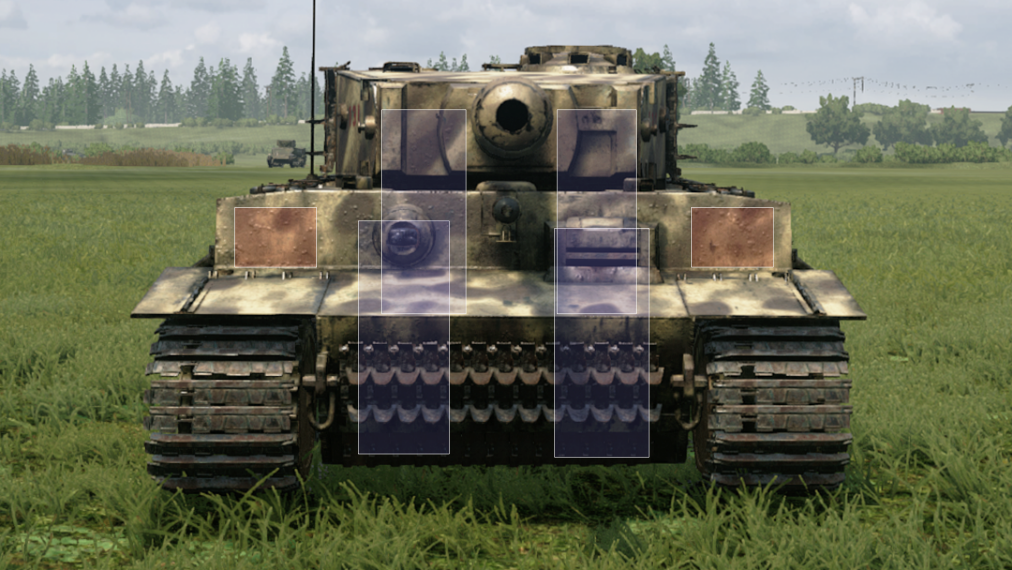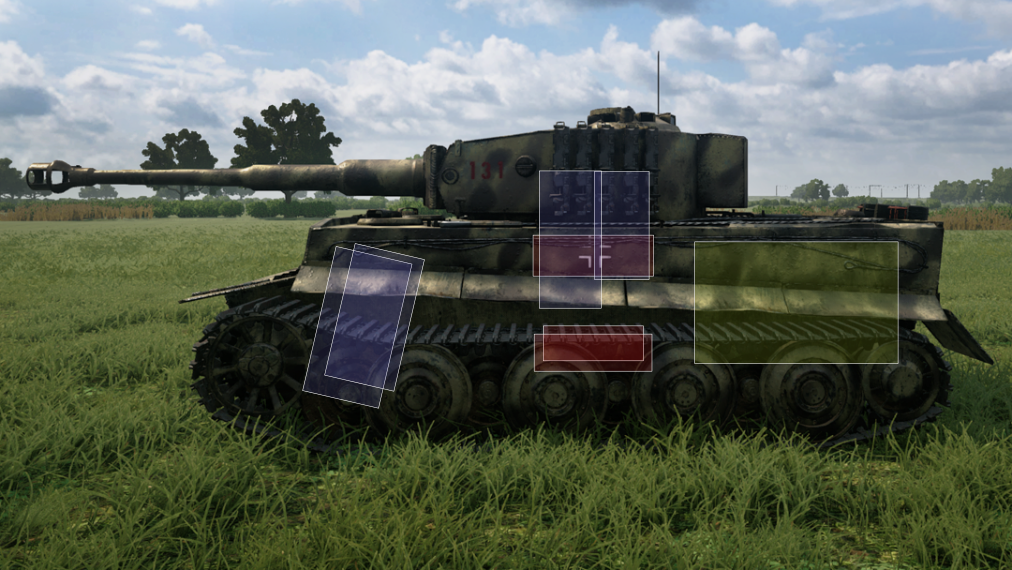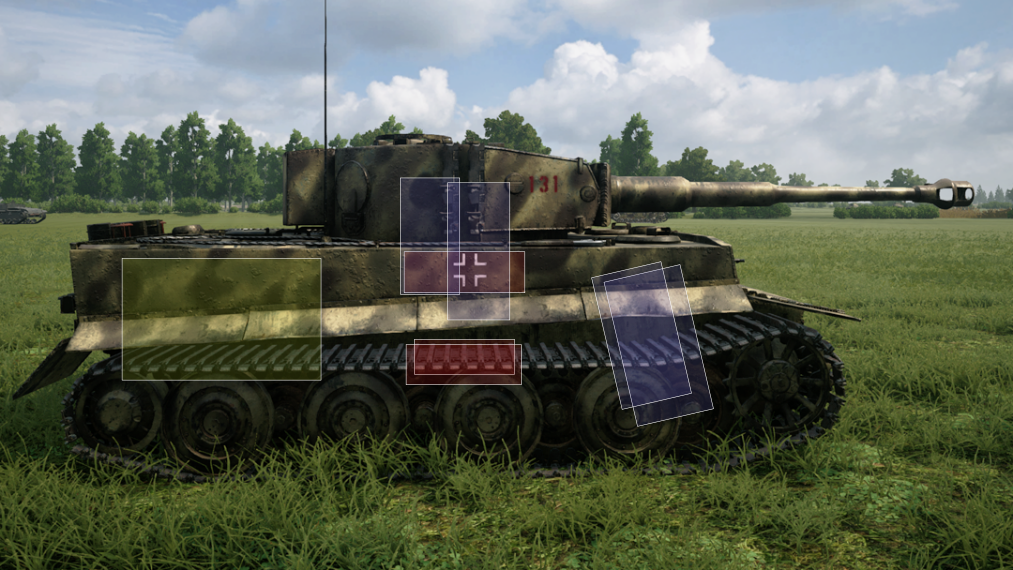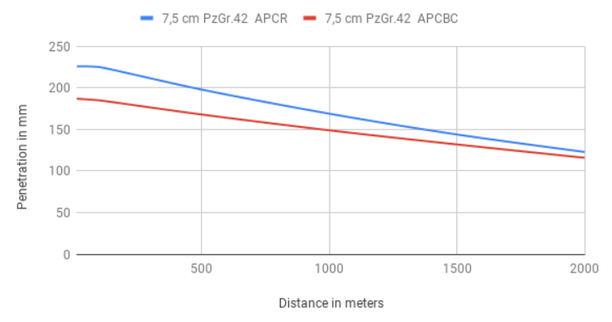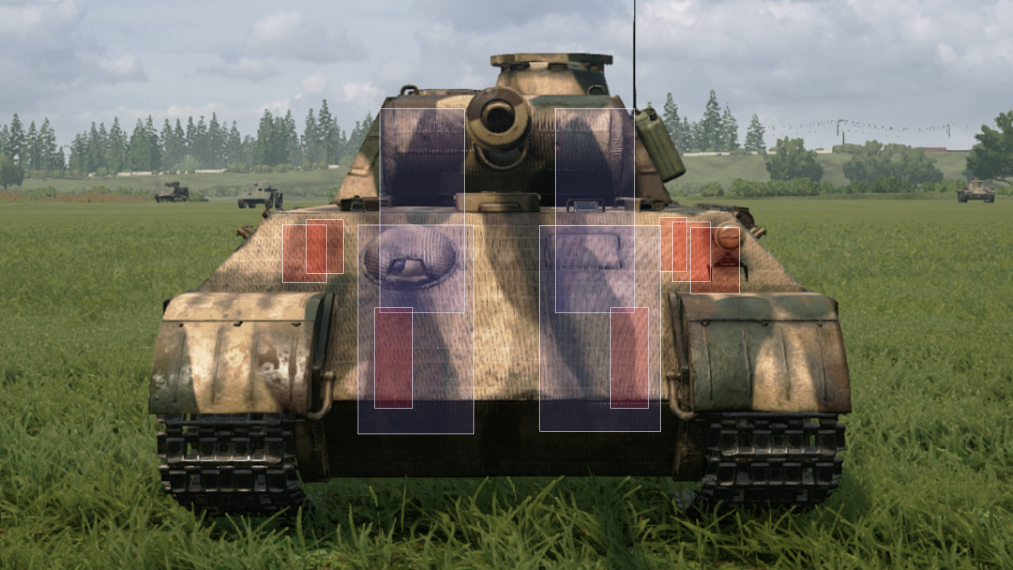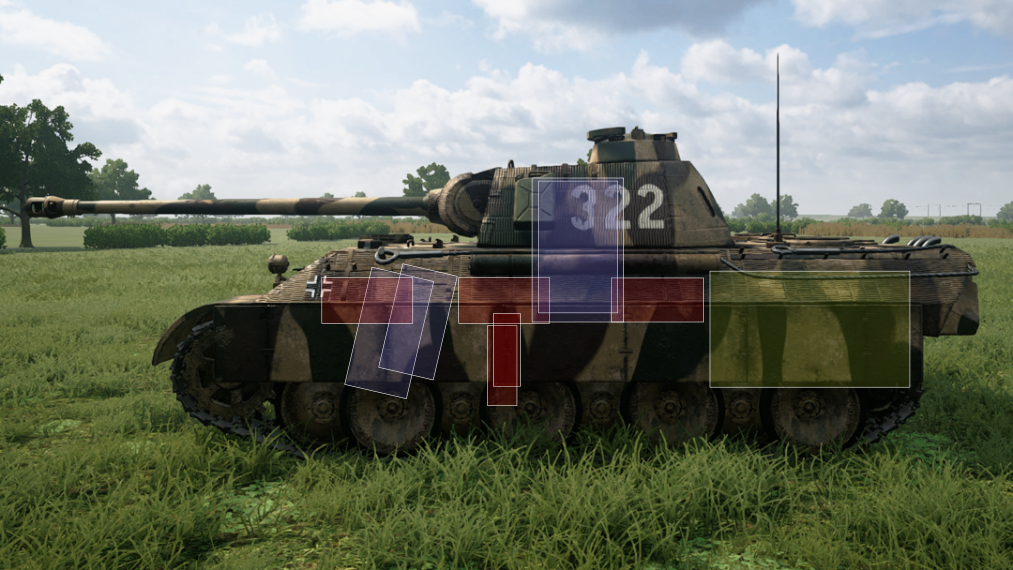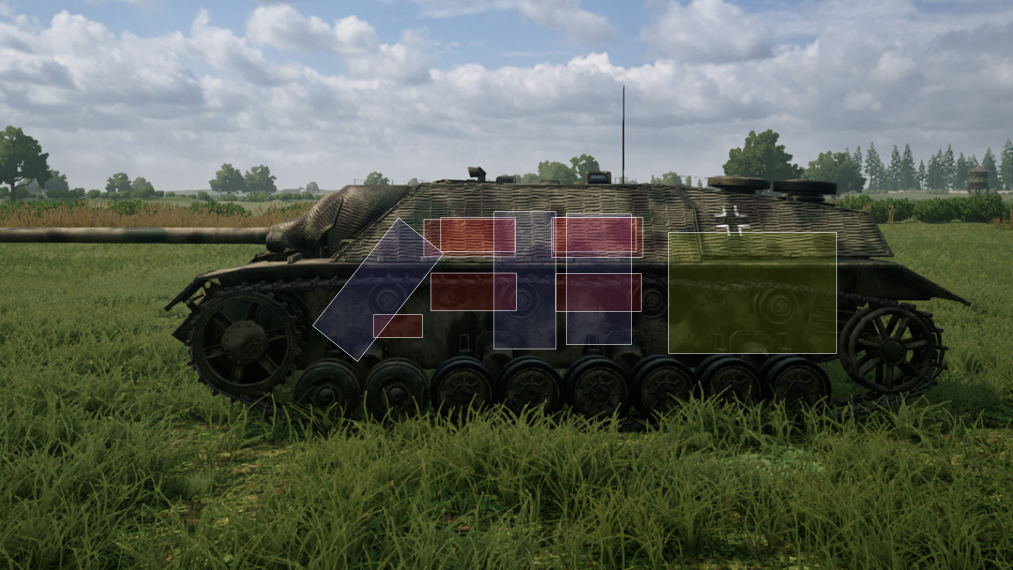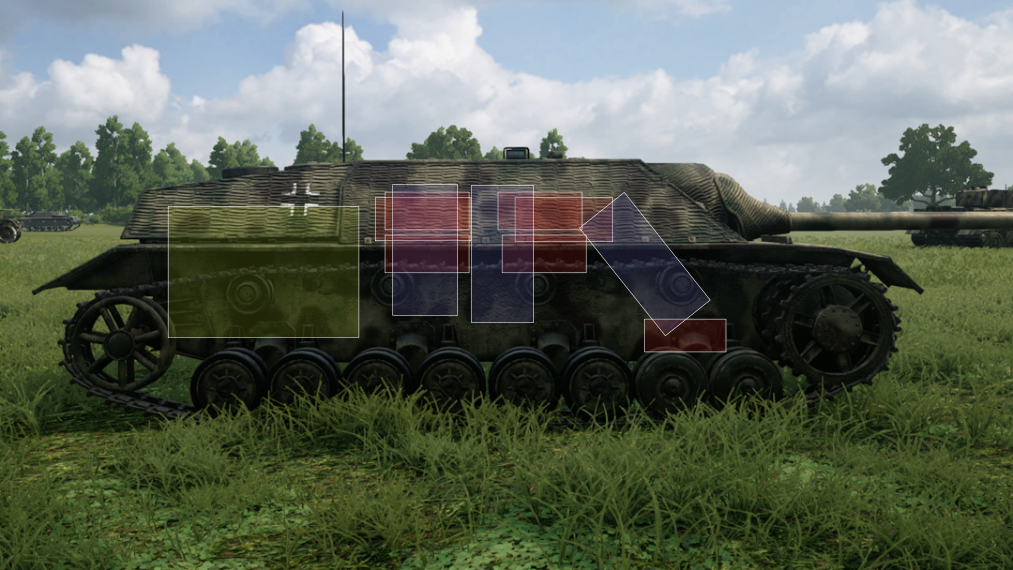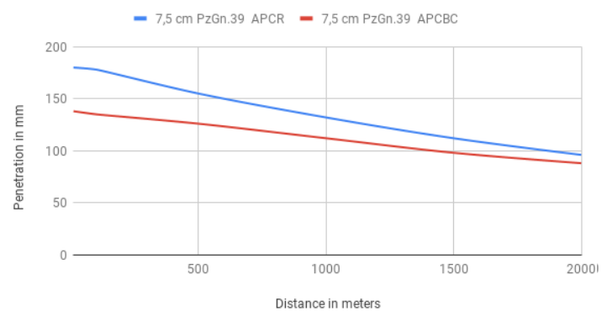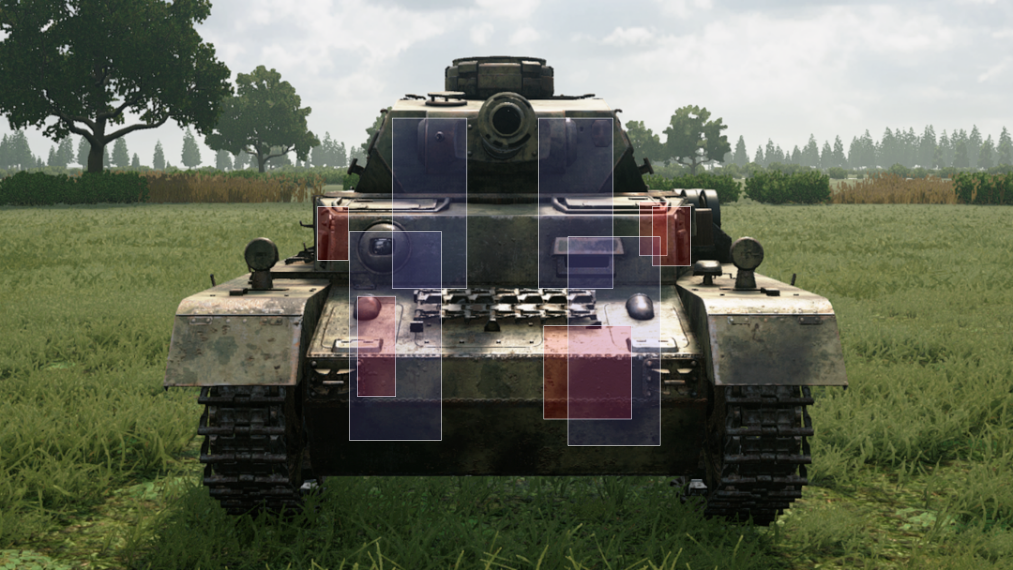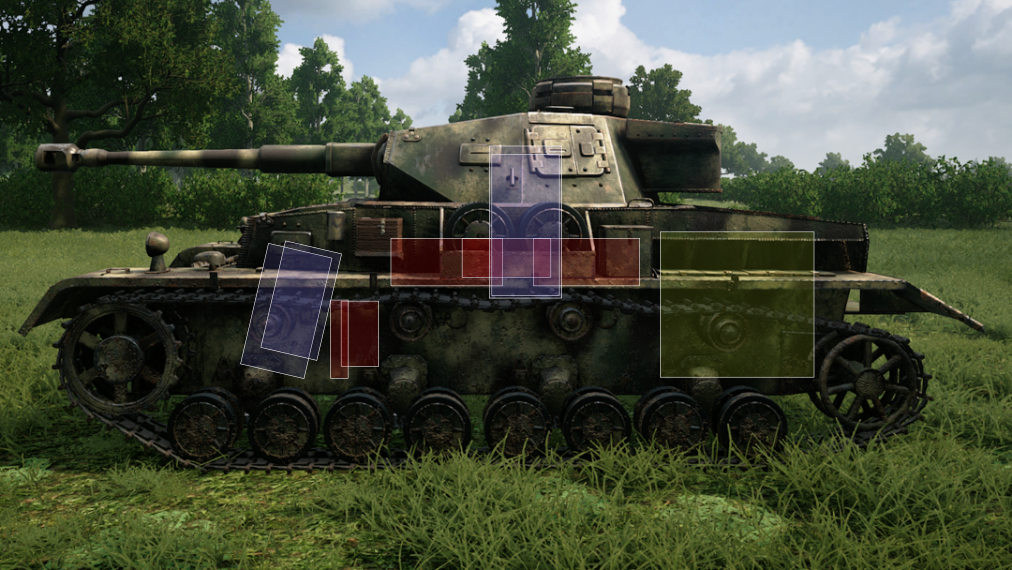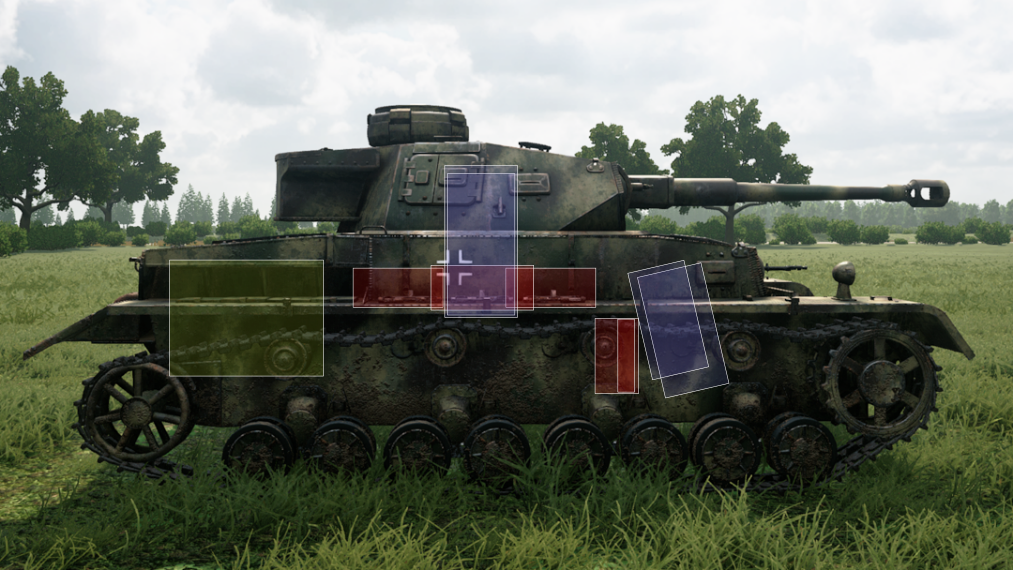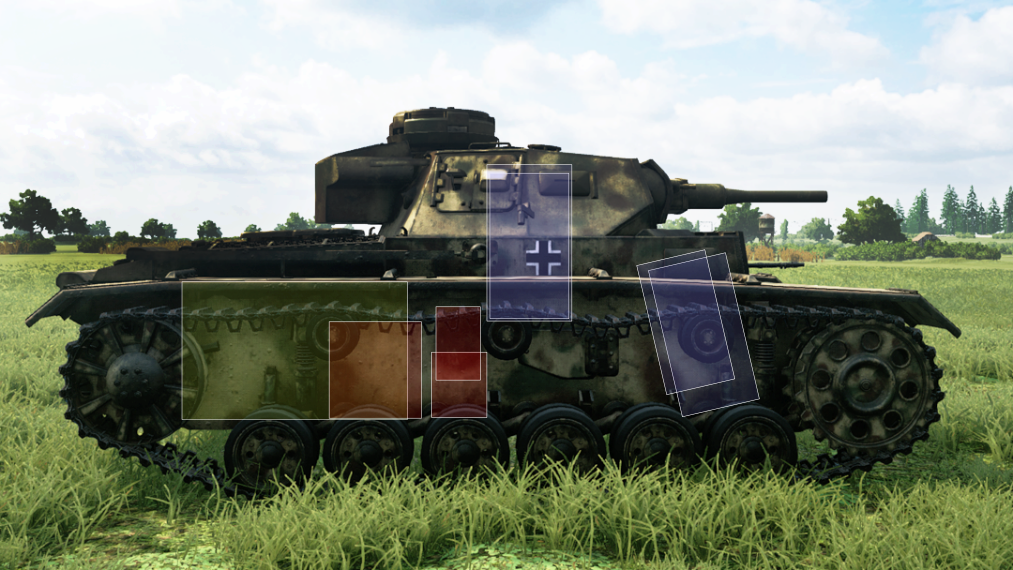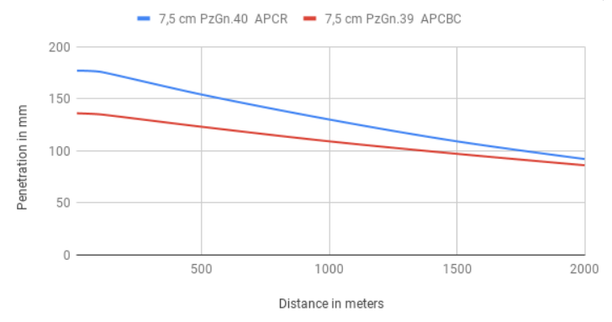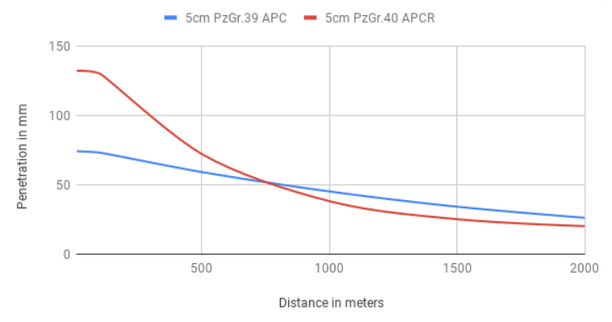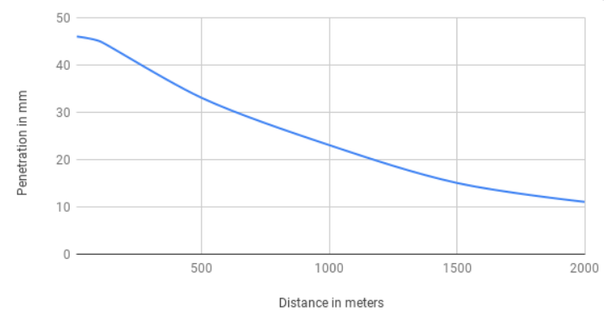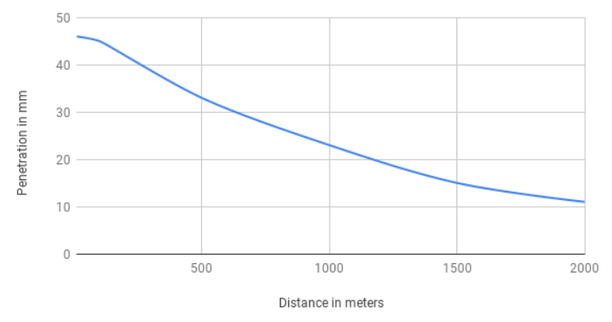VEHICLE RECOGNITION CHARTS
Panzer VI ("Tiger")

- Weight: 54 tonnes
- Dimensions: W: 3.56M | H: 3M | L: 8.45M
- Crew: 5
- Engine: Maybach HL230 P45 V-12
- Main armament: 8.8cm KwK 36 L/56 (Coax 7.92mm MG34)
- Secondary Armament: 7.92mm MG34
The Tiger I, a German heavy tank of World War II, operated from 1942 in Africa and Europe, usually in independent heavy tank battalions. Its late war designation was Panzerkampfwagen VI Tiger Ausf. E. The early war variant was designated Panzerkampfwagen VI Tiger Ausf. H1. Often times, people refer to both of the variants as Tiger. The Tiger I gave the German Army its first armoured fighting vehicle that mounted the 8.8 cm KwK 36 gun (derived from the 8.8 cm Flak 36). 1,347 were built between August 1942 and August 1944.[10] After August 1944, production of the Tiger I was phased out in favour of the Tiger II.
Panzer V ("Panther")

- Weight: 44.8 tonnes
- Dimensions: W: 3.27m | H: 2.99m | L: 8.66m
- Crew: 5
- Engine: V-12 petrol Maybach HL230
- Main armament: 7.5cm KwK 42 L/70 (Coax 7.92mm MG34)
- Secondary Armament: 7.92mm MG34
The Panther is a German medium tank deployed during World War II on the Eastern and Western Fronts in Europe from mid-1943 to the war's end in 1945. It had the ordnance inventory designation of Sd.Kfz. 171. It was designated as the Panzerkampfwagen V Panther until 27 February 1944, when Hitler ordered that the Roman numeral "V" be deleted. Contemporary English language reports sometimes refer to it as the "Mark V".
The Panther was intended to counter the Soviet T-34 and to replace the Panzer III and Panzer IV. Nevertheless, it served alongside the Panzer IV and the heavier Tiger I until the end of the war. It is considered one of the best tanks of World War II for its excellent firepower and protection, although its reliability was less impressive.
The Panther was a compromise. While having essentially the same Maybach V12 petrol (690 hp) engine as the Tiger I, it had more efficient frontal hull armour,[6] better gun penetration, was lighter and faster, and could traverse rough terrain better than the Tiger I. The trade-off was weaker side armour, which made it vulnerable to flanking fire. The Panther proved to be effective in open country and long range engagements, but did not provide enough high explosive firepower against infantry.
Sd.Kfz. 162 Jagdpanzer IV

- Weight: 25.8 tonnes
- Dimensions: W 3.17m x H 1.85m x L 8.5m
- Crew: 4
- Engine: Maybach HL 120 TRM
- Main armament: 7.5 cm Pak 42 L/70
- Secondary Armament: 7.92 mm Maschinengewehr 34
The Jagdpanzer IV, Sd.Kfz. 162, was a German tank destroyer based on the Panzer IV chassis and built in three main variants. As one of the casemate-style turretless Jagdpanzer (tank destroyer, literally "hunting tank") designs, it was developed against the wishes of Heinz Guderian, the inspector general of the Panzertruppen, as a replacement for the Sturmgeschütz III (StuG III). Guderian objected against the needless, in his eyes, diversion of resources from Panzer IV tank production, as the Sturmgeschütz III was still more than adequate for its role.
Officially, only the L/48-armed vehicle was named Jagdpanzer IV. The L/70-armed vehicle was named Panzer IV/70. In this article, both versions are referred to in general as Jagdpanzer IV, except in the variants and surviving vehicles section.
Panzer IV

- Weight: 25 tonnes
- Dimensions: W 2.88m x H 2.68m x L 7.02m
- Crew: 5
- Engine: Maybach HL120 TRM
- Main armament: 7.5 cm (2.95 in) KwK 40 L/48
- Secondary Armament: 2 × 7.92 mm MG 34
The Panzerkampfwagen IV (PzKpfw IV), commonly known as the Panzer IV, was a German medium tank developed in the late 1930s and used extensively during the Second World War. Its ordnance inventory designation was Sd.Kfz. 161.
The Panzer IV was the most numerous German tank and the second-most numerous German armored fighting vehicle of the Second World War, with some 8,500 built. The Panzer IV chassis was used as the base for many other fighting vehicles, including the Sturmgeschütz IV assault gun, the Jagdpanzer IV tank destroyer, the Wirbelwind self-propelled anti-aircraft gun, and the Brummbär self-propelled gun.
The Panzer IV saw service in all combat theaters involving Germany and was the only German tank to remain in continuous production throughout the war. It received various upgrades and design modifications, intended to counter new threats, extending its service life. Generally, these involved increasing the Panzer IV's armor protection or upgrading its weapons, although during the last months of the war, with Germany's pressing need for rapid replacement of losses, design changes also included simplifications to speed up the manufacturing process.
Panzer III

- Weight: 23 tonnes
- Dimensions: W 2.9m x H 2.5m x L 5.56m
- Crew: 5
- Engine: 12-cylinder Maybach HL120 TRM
- Main armament: 3.7 cm KwK 36
- Secondary Armament: 2–3 × 7.92 mm Maschinengewehr 34
The Panzerkampfwagen III, commonly known as the Panzer III, was a medium tank developed in the 1930s by Germany, and was used extensively in World War II. The official German ordnance designation was Sd.Kfz. 141. It was intended to fight other armoured fighting vehicles and serve alongside and support similar Panzer IV which was originally designed for infantry support. However, as the Germans faced the formidable T-34, more powerful anti-tank guns were needed, and since the Panzer IV had more development potential with a larger turret ring, it was redesigned to mount the long-barrelled 7.5 cm KwK 40 gun. The Panzer III effectively swapped roles with the Panzer IV, as from 1942 the last version of Panzer III mounted the 7.5 cm KwK 37 L/24 that was better suited for infantry support. Production of the Panzer III ceased in 1943. Nevertheless, the Panzer III's capable chassis provided hulls for the Sturmgeschütz III assault gun until the end of the war.
Stug III

- Weight: 23.9 tonnes
- Dimensions: W 2.95m x H 2.16m x L 6.85m
- Crew: 4
- Engine: Maybach HL120 TRM V-12
- Main armament: 7.5 cm StuK 40 L/48
- Secondary Armament: 1 × 7.92mm MG34
The Sturmgeschütz III (StuG III) assault gun was Germany's most-produced fully tracked armoured fighting vehicle during World War II, and second-most produced German armored combat vehicle of any type after the Sd.Kfz. 251 half-track. It was built on the chassis of the proven Panzer III tank, replacing the turret with an armored, fixed superstructure mounting a more powerful gun. Initially intended as a mobile assault gun for direct-fire support for infantry, the StuG III was continually modified, and much like the later Jagdpanzer, was employed as a tank destroyer.
Sd. Kfz 234 ("Puma")

- Weight: 10.5 tonnes
- Dimensions: W 2.36m x H 2.1m x L 6.02m
- Crew: 4
- Engine: 14,825 cc (905 in3) Tatra 103 V12 Diesel
- Main armament: 75mm L/46 PaK 40
- Secondary Armament: 7.92mm MG42
The Sd.Kfz. 234 (Sonderkraftfahrzeug 234, Special Purpose Vehicle 234), was a family of armoured cars designed and built in Germany during World War II. The vehicles were lightly armoured, armed with a 20, 50 or 75 mm main gun, and powered by a Tatra V12 diesel engine. The Sd.Kfz. 234 broadly resembles the appearance of Sd.Kfz. 231 (8 rad).
Sd. Kfz 232

- Weight: 8.3 tonnes
- Dimensions: W 2.2m x H 2.9m x L 5.9m
- Crew: 4
- Engine: 8-cylinder Petrol 155 PS
- Main armament: armament 2 cm KwK 30 L/55
- Secondary Armament: 7.92 mm MG34 MG
The term Schwerer Panzerspähwagen (German: "heavy armoured reconnaissance vehicle), covers the 6 and 8 wheeled armoured cars Germany used during the Second World War.
In the German Army, armoured cars were intended for the traditional cavalry missions of reconnaissance and screening. They scouted ahead and to the flank of advancing mechanized units to assess enemy location, strength and intention. Their primary role was reconnaissance, but they would engage similar or light units and at times attempt to capture enemy patrols.
Sd. Kfz 222

- Weight: 4 tonnes
- Dimensions: W 1.95m x H 1.7m x L 4.8m
- Crew: 3
- Engine: Horch 3.8 V8 petrol
- Main armament: 2 cm KwK 30 L/55 Autocannon
- Secondary Armament: MG34
The Leichter Panzerspähwagen (German: roughly "light armoured reconnaissance vehicle") was a series of light four-wheel drive armoured cars produced by Nazi Germany from 1935 to 1944.
The Sdkfz. 222 was armed with a 2 cm KwK 30 L/55 autocannon and a 7.92 mm MG 13 machine gun. The crew was increased to three by the addition of a gunner, relieving the commander of that task. In 1938, the MG 13 was replaced by a Maschinengewehr 34, in 1942 the KwK 30 was replaced by the faster firing KwK 38 of the same calibre. Production ran from 1937 to late 1943, with at least 990 vehicles being produced for the army. Its full name was Leichter Panzerspähwagen (2 cm).


